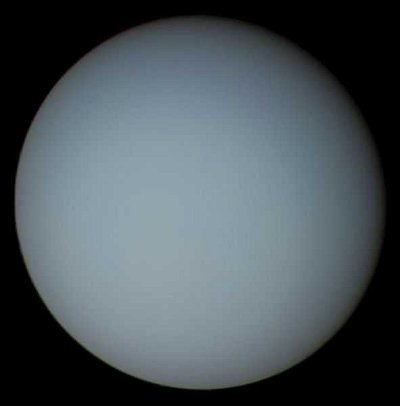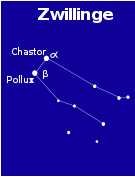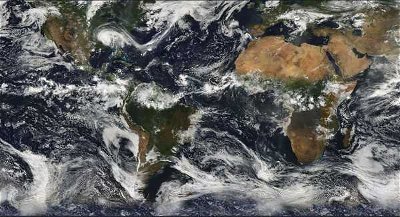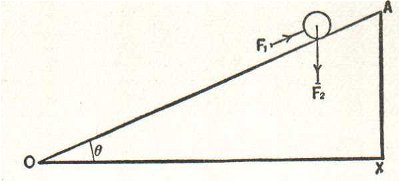24. The numbers on your binoculars, like 6x35, 7x50, 8x50, etc., refer to what?
From Quiz Astronomy in Binoculars!
Answer:
Magnification and aperture in millimeters
The first number refers to the power of magnification. Common values are 6x, 7x, and 10x. Quality telescopes, by contrast, start with magnification of about 30x. The second value is the aperture in millimeters. Common values are 30, 35, and 50. For astronomical purposes, 7x is usually the minimum useful magnification, and 35 mm is the minimum useful aperture. If you're thinking about buying a pair of binoculars to use in astronomy, consider that having a large aperture is usually more useful than having a high magnification-- after all, even if you have a high-power telescope, you won't be able to see anything if it doesn't let in enough light.
Just for reference, I have a pair of 7x50 binoculars, and I've been able to see most everything I describe in this quiz reasonably well in my suburban back yard.









 Quick Question
Quick Question




